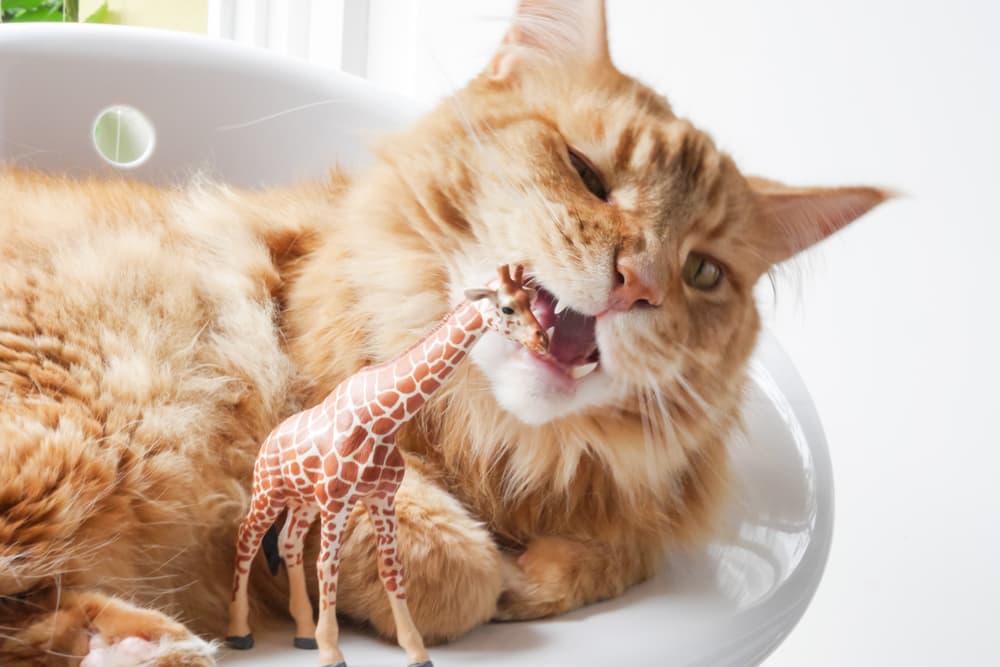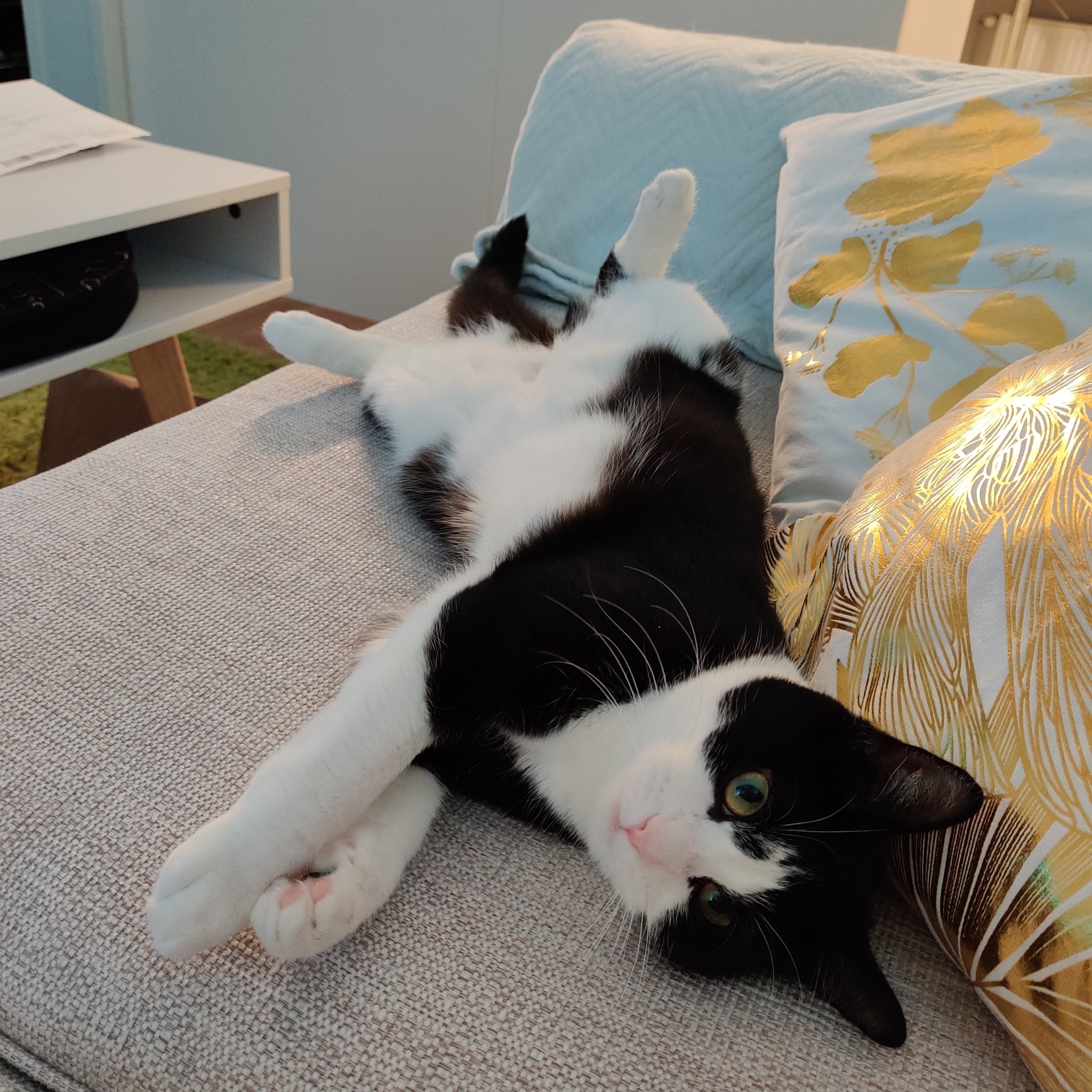pica in cats article
There might be a genetic component which causes the trait to be passed down certain family lines. Young cats are more likely to suffer from pica syndrome.
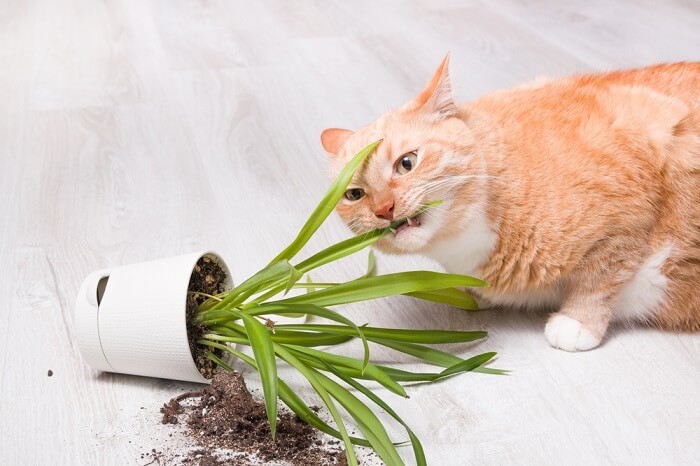
Pica In Cats Causes Symptoms Treatment All About Cats
In cats these items most often include fabrics elastics such as hair binders cardboard paper and plastic.

. As frequently reported pica and vomiting were related but the causative association is not well established and thus warrants further investigation. The prevalence and cooccurrence of pica towards different target materials were investigated using prospective data from three questionnaires completed by owners participating in a longitudinal study of UK pet cats. Described by researchers as the ingestion of inedible items this condition can affect cows birds dogs and even humans too.
Felines with a mild case of pica may not consume the object but chew lick or suck on said inedible object. Pica is common in both dogs and cats but coprophagia is more common in dogs than cats. To deal with this condition consult your veterinarian hire an animal behavior consultant and have the number for a 247 poison control phone line ready.
The biggest concern with pica is a gastrointestinal obstruction. Pica is a term used to describe behaviour in cats where they regularly eat items that are not considered edible. Pica is relatively uncommon in cats.
Common target objects for feline pica include. Whether these three behaviours ingestion chewing and sucking should be grouped together or examined separately is debatable. Approximately 25 of cats in the United States have pica syndrome.
Cats with pica may chew on or eat wood fabrics blankets or other objects. Cats with pica were less commonly fed ad libitum than healthy cats. Pica towards one or more material types was reported in 429 229534 320 171534 and 309 165534 of cats aged.
This article has been viewed 20145 times. Often the molar teeth are used to chew holes in such materials. Bradshaw and others suggested that the onset of pica could happen at any point during the first 4 years of life.
As the saying goes knowledge is power. Pica occurs more often in puppies than in adult dogs. They found that onset within their study population most commonly occurred between 24 months of age and also noted that onset.
But its estimated that around 40 of cats will be affected in their lifetime which is a huge number of our beloved felines. Cats who obsessively lick nibble andor consume items are exhibiting a form of pica. If it is an oral compulsive behavior it is generally shown initially in conflict situations and then generalizes with time to other contexts.
Pica in cats is likely to begin in the first year of. Pica in cats only has one clinical sign and that is consumption of inedible objects. Pica in Cats.
Pica is the behavioral urge to eat nonedible materials. According to the DSM-V 2013 pica is classified as an eating disorder in which an individual consumes non-food substances at least once per month at a developmental stage in which the behavior is inappropriate and occurs in a culture that does not sanction such behavior. Pica the ingestion of inedible items does not seem to be the consequence of a suboptimal environment or early.
Cats with pica vomited significantly more often than control cats P 001. The Cat Behavior Associate. Pica towards one or more material types was reported in 429 229534 320 171534 and 309 165534 of cats aged approximately 6 12 and.
Causes of Pica in Cats. Primary gastrointestinal maldigestive and malabsorptive disorders exocrine pancreatic insufficiency severe inflammatory bowel disease intestinal lymphosarcoma Endocrine disorders hyperadrenocorticism diabetes mellitus cause polyphagia increased appetite Iron deficiency anemia. It is most frequently seen in certain breeds such as Siamese Burmese Tonkinese and other Oriental types leading to the suggestion that there may be a genetic component with the trait passing down particular family lines.
Up to 10 cash back Pica is a term that is used to describe the regular consumption of non-edible items. This sometimes includes repeated eating one specific item such as stones but can also be eating a range of items such as items of clothing sticks plastic hair bands elastic bands cat litter soil or whatever they can find. It is frequently seen in breeds like the Burmese Siamese Tonkinese and other Oriental breeds.
Up to 10 cash back Pica in cats refers to the ingestion of non-food items. PexelsFOX Cats frequently chew on or eat plastic items that can lead to ingestion of the material in the intestine. Plants electric cords phone cords wool fabric string or yarn.
Pica the ingestion of inedible items does not seem to be the consequence of a suboptimal environment or early weaning. Feline pica refers to long-term compulsive chewing and eating of non-food items such as plants power cords and fabric. Marie Morales Mar 20 2022 0757 AM EDT.
Pica involves ingestion of non-food items. Pica is a condition that has been prevalent among humans for centuries. Secondary symptoms of pica in cats may include.
Pica is a term used to describe the consumption of non-edible materials. Before a cat is diagnosed with pica it means the syndrome and behavior have been going on for a long time as cats tend to be very secretive. There is evidence that many cats displaying pica often begin by sucking or chewing wool and then progress to other fabrics andor to ingestion.
Bradshaw and others broadened the definition of pica in cats to include chewing andor sucking of non-nutritive items. Pica is a human and animal disorder characterized by eating things that are typically considered as non-food or do not have any nutritive value. The prevalence and cooccurrence of pica towards different target materials were investigated using prospective data from three questionnaires completed by owners participating in a longitudinal study of UK pet cats.
Frequently reported items which cats may chew include wool fabric wood plastic paper and plants Case 2003 Horwitz Mills 2009. There is limited research exploring the prevalence of pica in cats and the factors influencing onset and occurrence. Pica is difficult to diagnose in cats because some chewing and sucking behavior is normal.
Pica in cats may involve kitties sucking wool stuffed animals or fleece as well as other non-food materials including litter soil yarn strings paper including toilet paper wood dirt cardboard blankets socks jackets plastic shoelaces. Treatment usually focuses on environmental. The cause of pica is unknown but experts speculate that it could be due to a number of causes such as being weaned too young dietary.
A cat suffering from pica syndrome will go to all lengths to find and chew its favorite material.

Pica In Cats What It Is Common Causes Tips For Treating It The Honest Kitchen Blog

Pica In Cats Why Your Cat Eats Weird Things

Pica In Cats When Your Feline Has Unusual Cravings I Love Veterinary

What Is Pica Syndrome In Cats Petcetera Animal Clinic
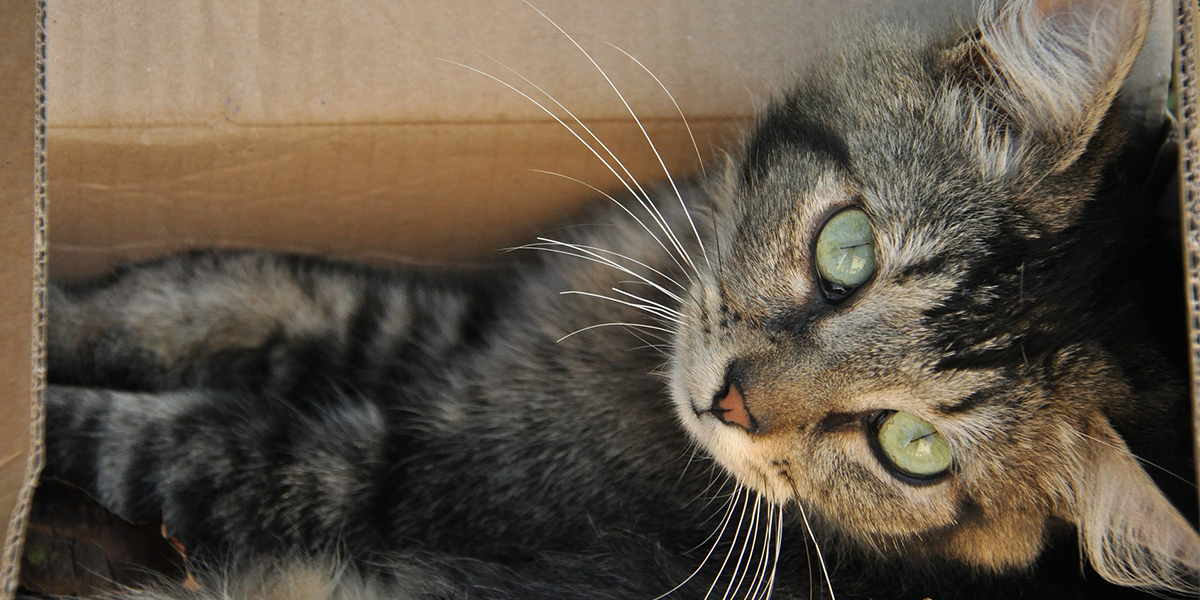
Pica In Cats International Cat Care

Why Do Cats Eat Plastic Experts Explain Your Feline S Penchant For Pica
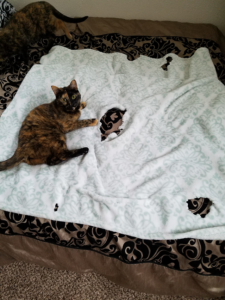
What Is Pica Syndrome In Cats Petcetera Animal Clinic

What Is Pica In Cats Signs Symptoms And Treatments
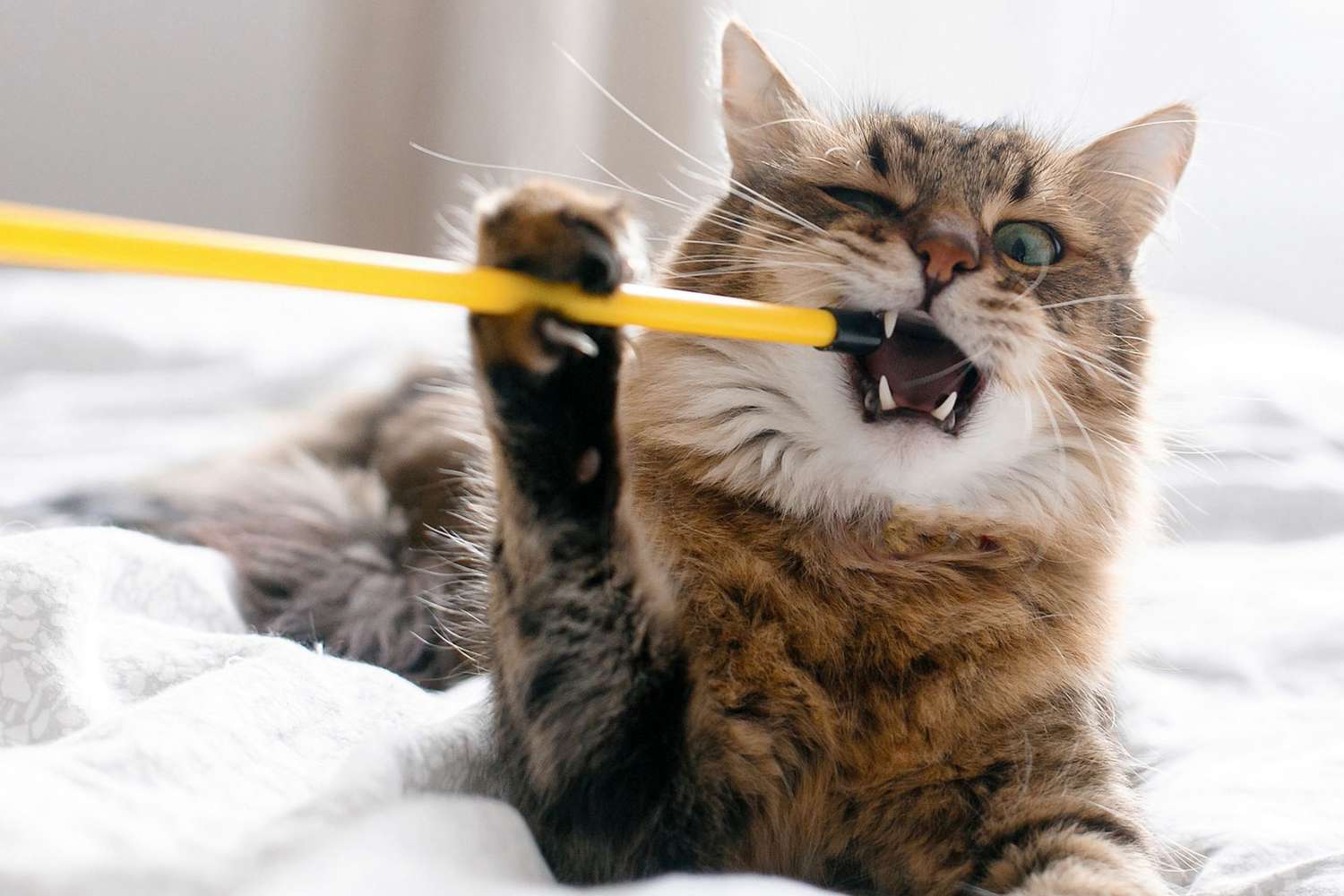
Pica In Cats Why Your Cat Eats Plastic And What You Can Do About It Daily Paws

Feline Pica A Perilous And Frustrating Condition Floridawild Vet Hospital

Feline Pica A Perilous And Frustrating Condition Floridawild Vet Hospital
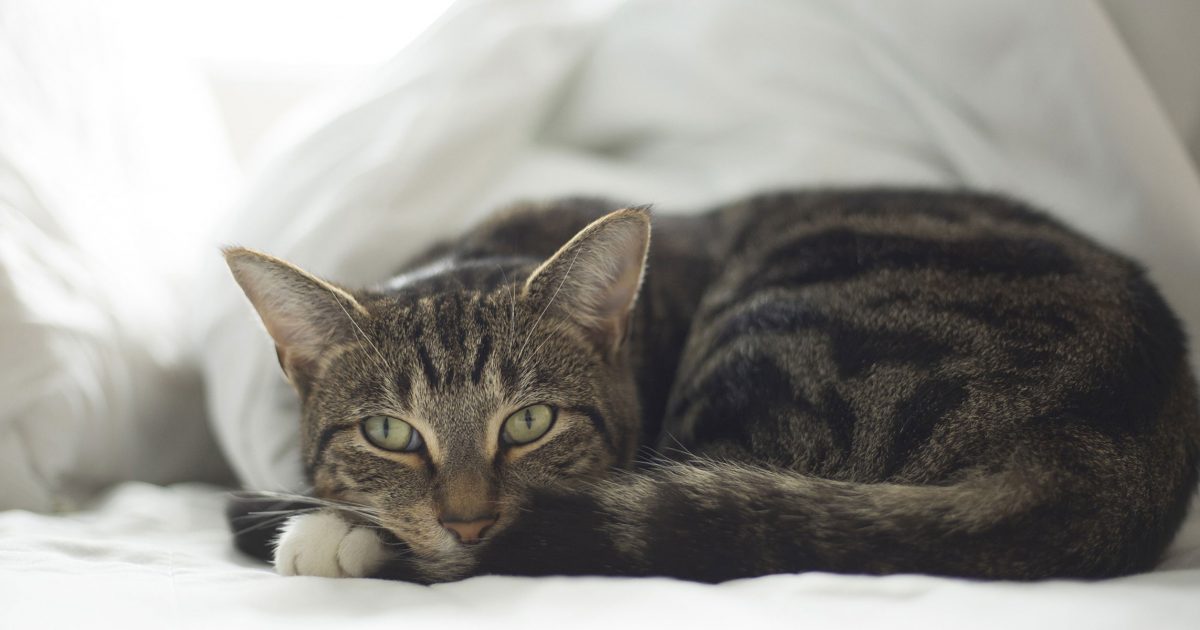
Keeping Cats Safe Pica International Cat Care
/a-cat-walking-on-a-desk-by-an-open-note-pad-1134967906-06c3c3baa8d54e8d9ae2b8ce8a973324.jpg)
7 Reasons Why Your Cat Eats Paper And How To Stop It
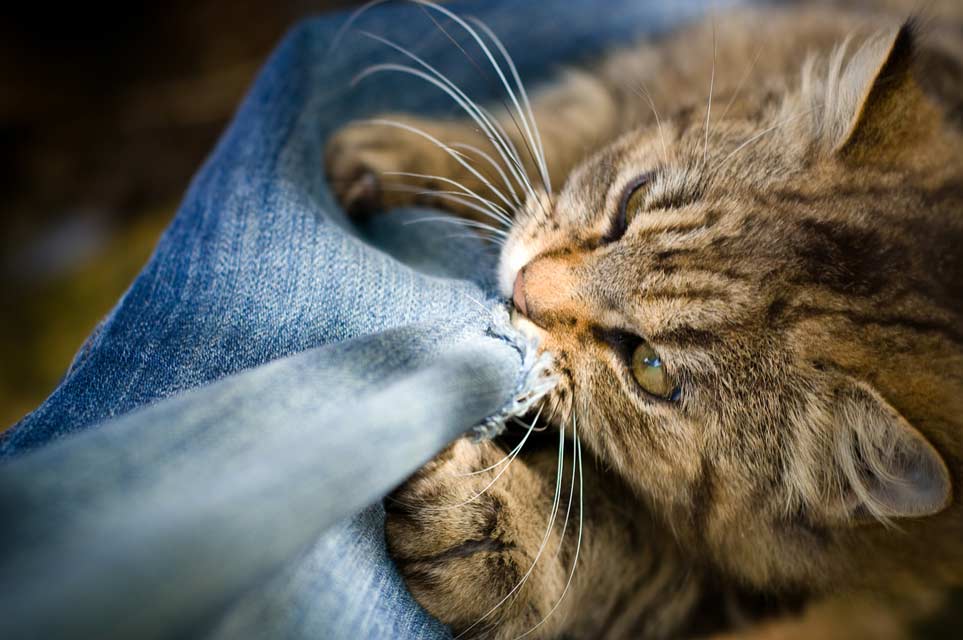
Pica In Cats Why Cats Eat Strange Things
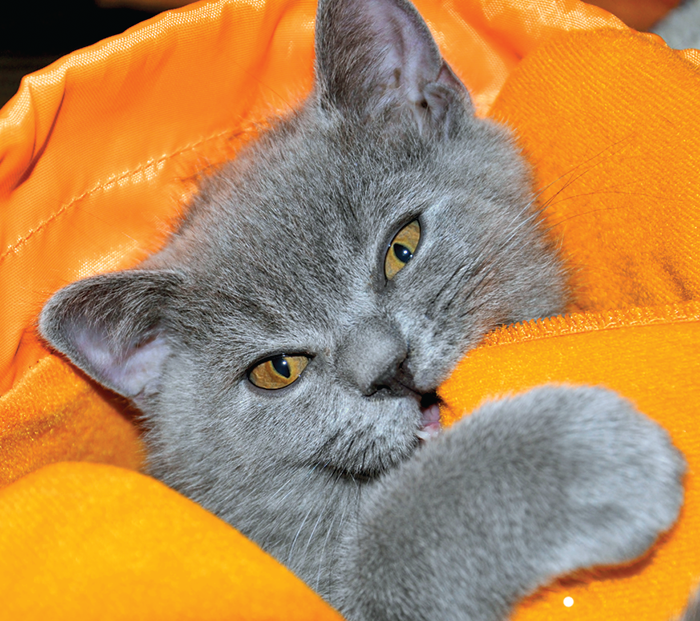
The Problem With Pica Catwatch Newsletter

